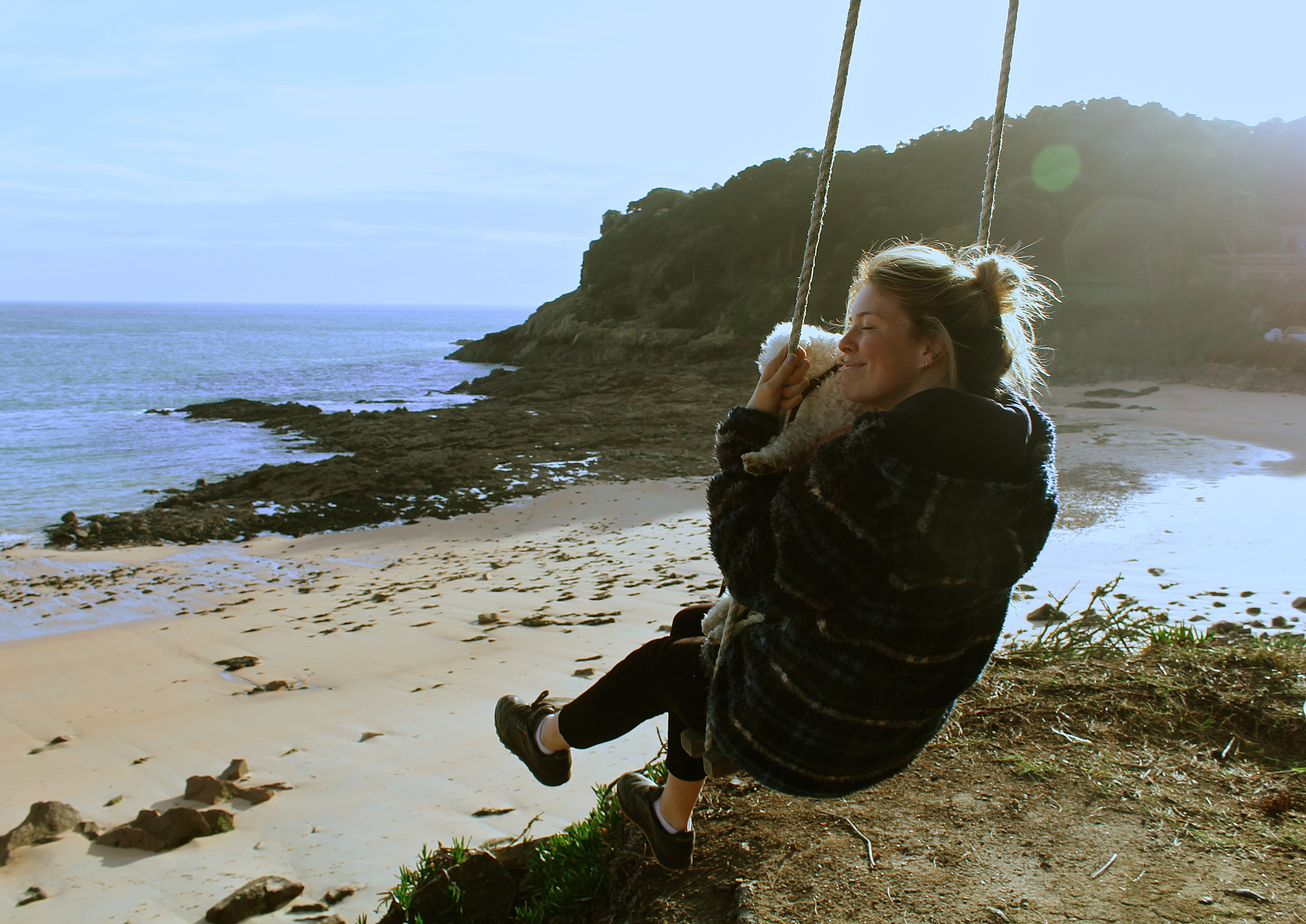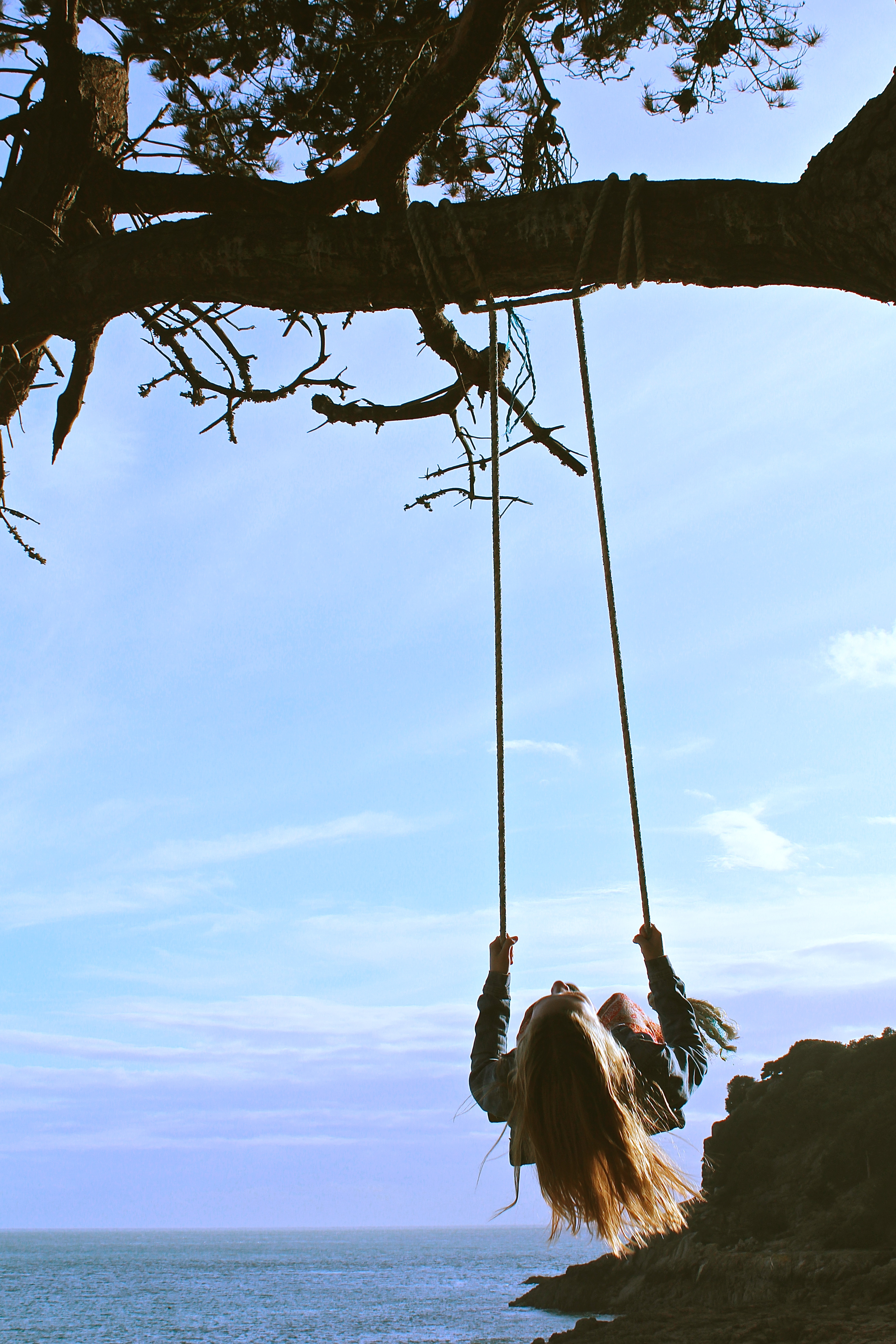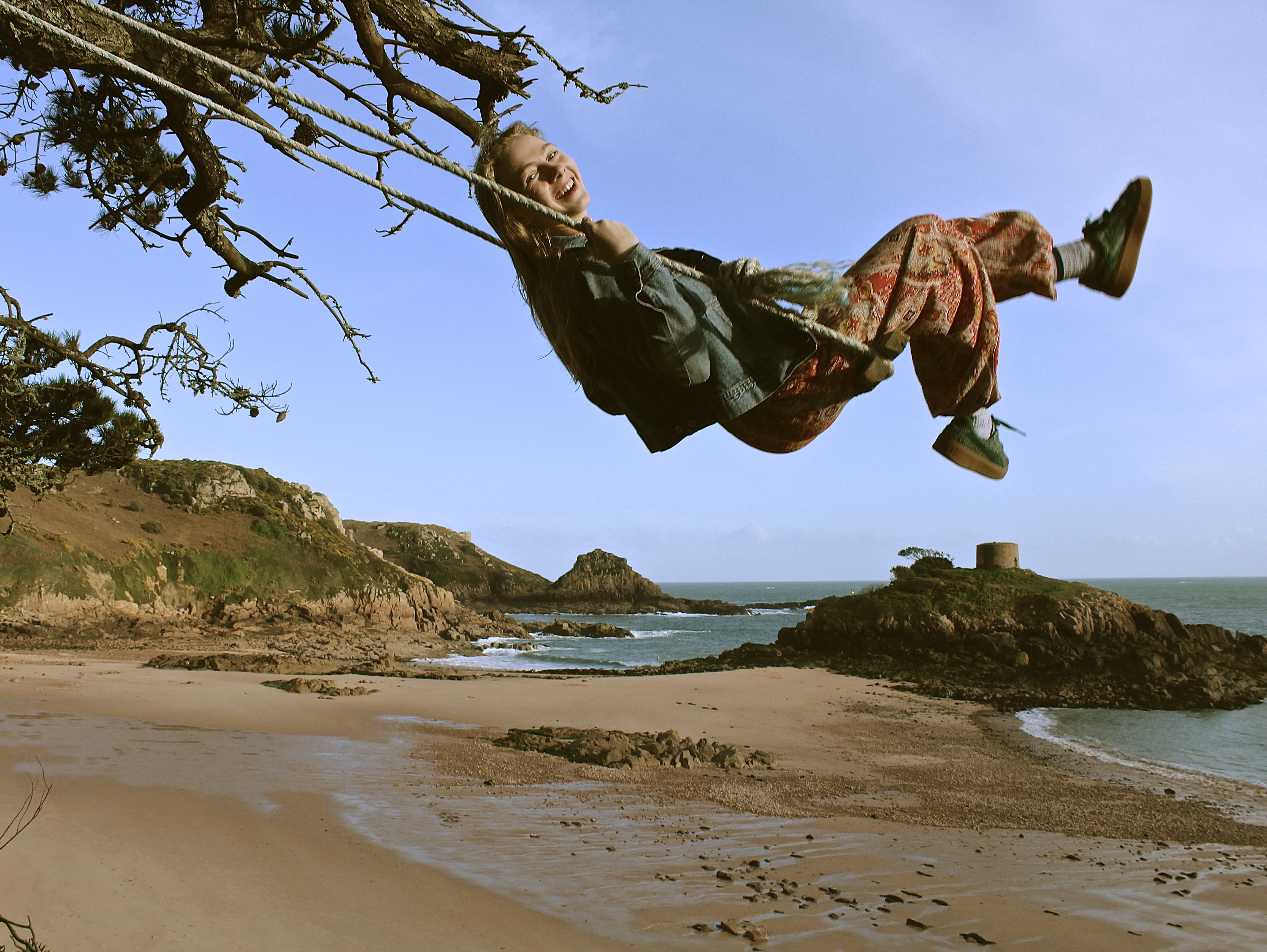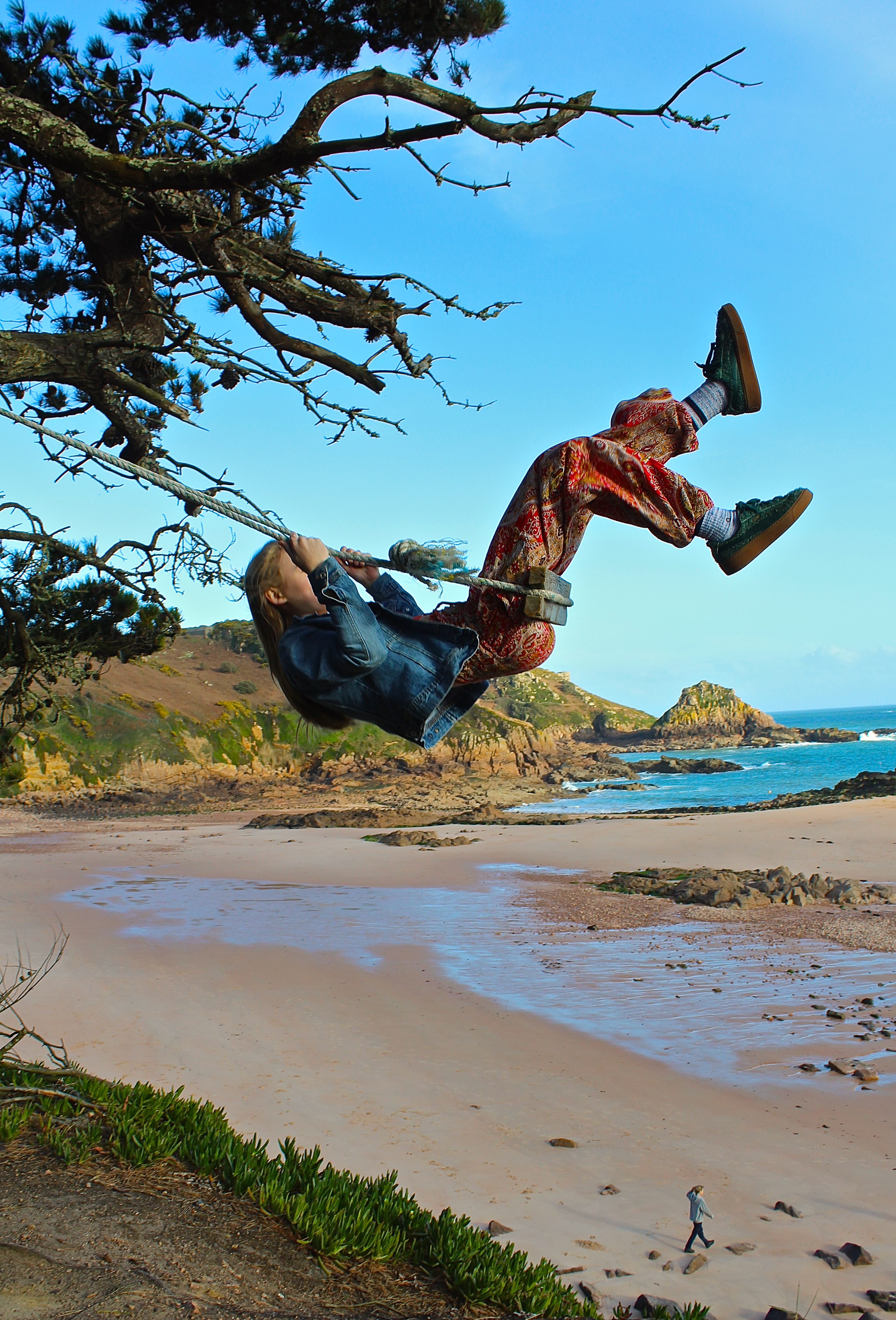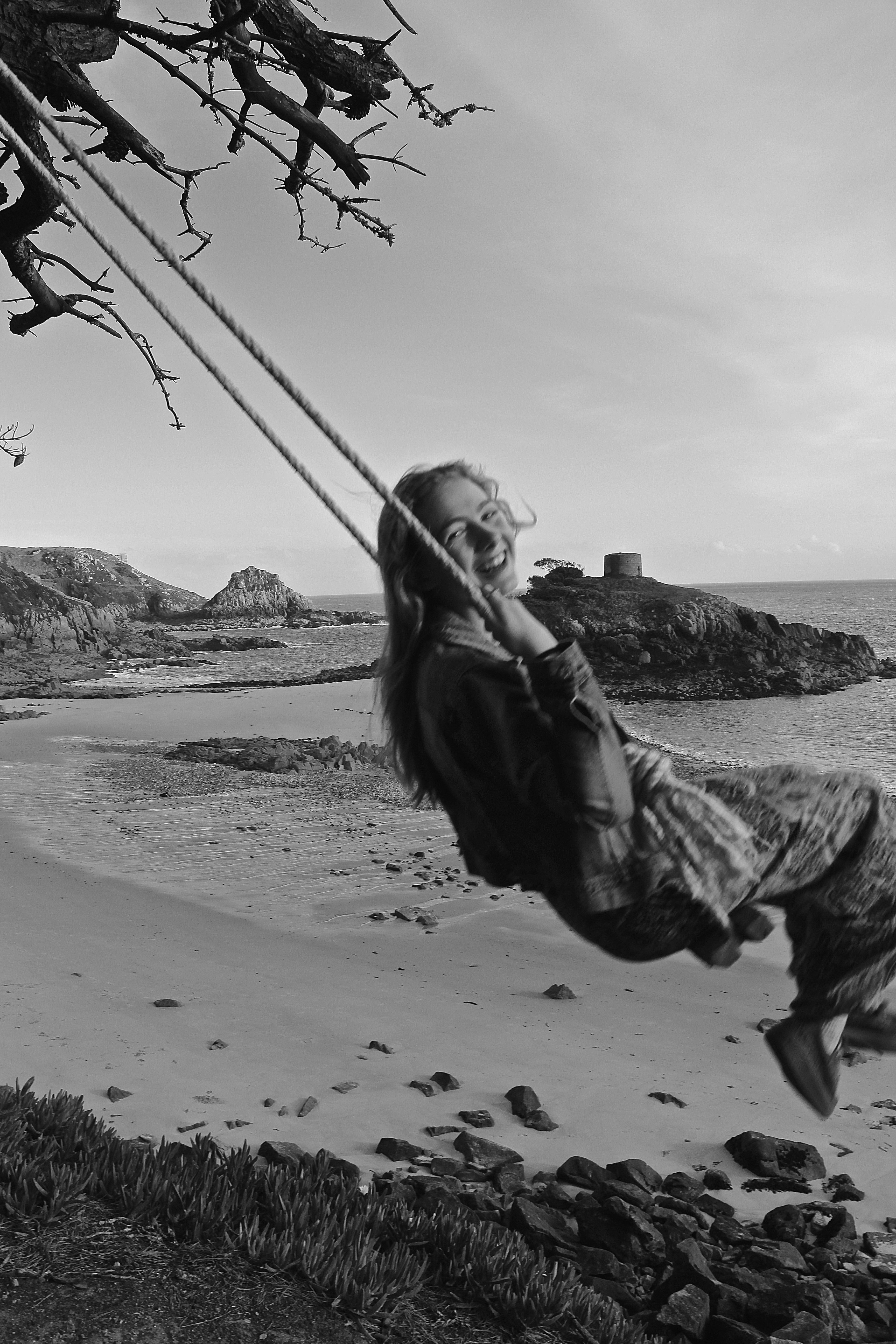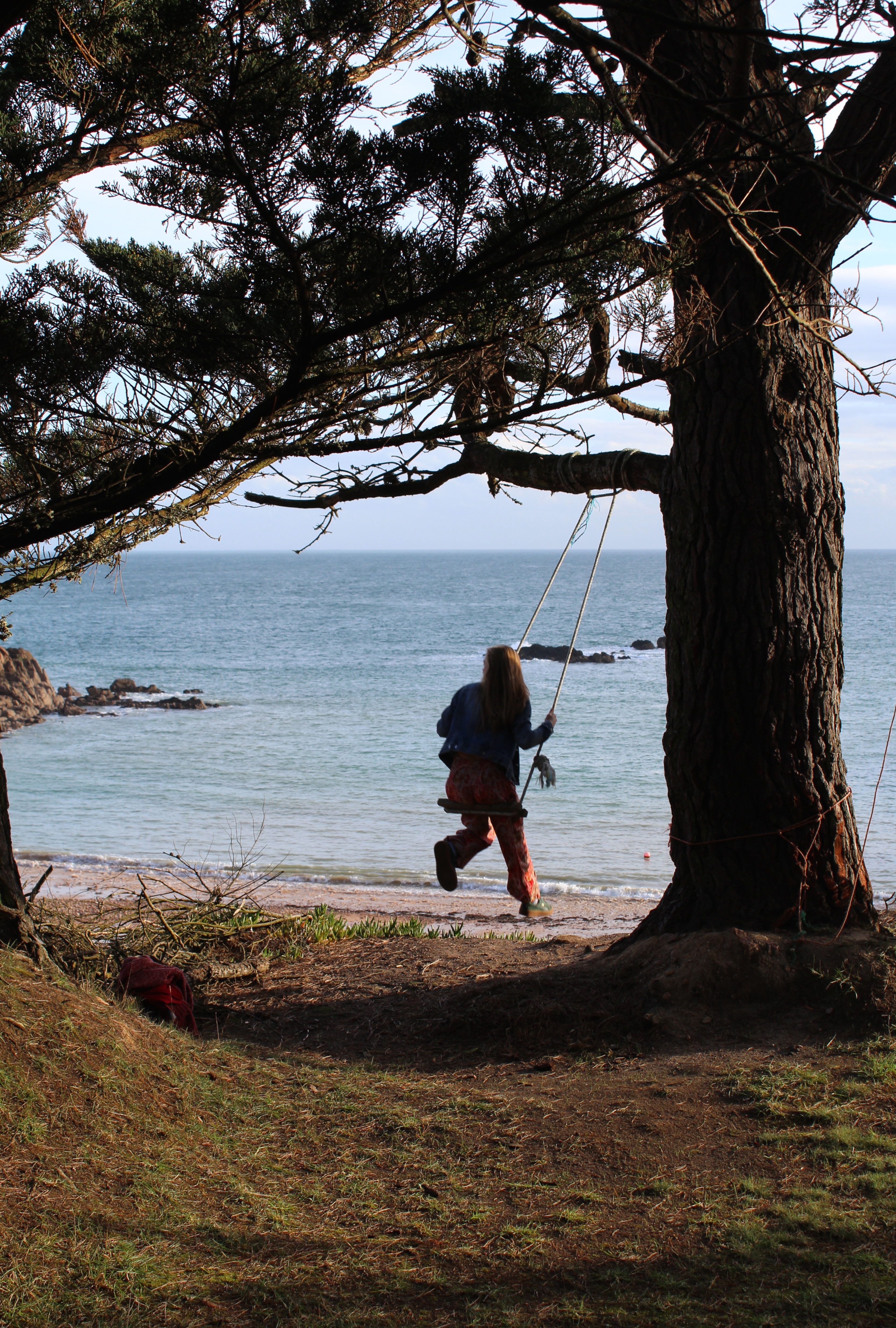Hortense Le Calvez & Mathieu Goussin:
Goussin and Hortense are a french duo working together to create their own freelance photography business known as the ‘Forlane 6 Studio’. Hortense Le Calvez was born in 1988, she studied at the Rietveld Academy, Amsterdam and graduated in 2010 from Wimbledon College of Art in London. Mathieu Goussin was born in 1985, he studied at the National School of Merchant Navy in Marseille and often works on large ships as a mechanical engineer. Together their practice explores themes of ‘environmental dystopia’, ‘eco-anxiety’ and terrible human influences. Their water-based works depict irrational aquatic fictions in the form of sculptural installations. Currently, the pair live in Greece and work on their sailing boat turned home studio, Forlane 6. They have been exhibited in France and abroad, were shortlisted for the Coal prize Art and Environment and participated to several artist residencies with a strong link to the sea.
I chose to explore scuba diving artists, Goussin and Hortense, as inspiration for my own underwater shoot because of one of their collections in particular. This series concentrates on using underwater sculptors to perfectly portray our oceanic trash problem. These resultant images address this issue beautifully, using plastic streamers, garden furniture, old clothing, and bottles as well as highly controlled lighting. Submerged, the objects lose their lifeless plastic appearance and make a transformation into what look like living organic creatures. As they put it, “this weightless and slow aesthetic contradicts the usual way objects are consumed and disposed of in an inconsiderate speed.” Finding that strange space between reality and fantasy is very much part of the work, says Le Calvez. “We want to have an ambiguous image that maybe doesn’t read as underwater at first glance,” she explains. “We do find a lot of inspiration in existing sea creatures, from the bioluminescent plankton to the small fish mastering the art of camouflage.” Although each is unique, the duo says they’re always going for the same “post-catastrophic” aesthetic, “imagining the future of objects wandering in the sea, trapped in the plastic soup.” Below I have chosen two of my favourite images from this collection to analysis…
 The meaning behind these images is to portray our oceanic trash problem by creating sculptures that look like living organic creatures. This, therefore, creates the sense of a bleak future for oceans and represents how we are ‘replacing’ marine life with deadly pollution. These pieces are clearly influenced by humanities modern consumer culture, and although beautiful, illustrate a very ominous subject. The first image on the left depicts a metal sculpture portraying a ‘jellyfish-like’ creature captured from just below the ocean’s surface. I chose this piece as an example as the reflections of light bouncing from the strands of metal create an amazing sense of movement. I also love the deep ocean blue tone of this image and the ripples on the surface really bring the scene to life. The next photograph on the right is a much lighter and softer version of the same kind of creature, this time made from thin strands of blue plastic without the surface of the water in sight. I love the soft tones and colours of this photograph along with the calming rays of sunlight streaming through the composition.
The meaning behind these images is to portray our oceanic trash problem by creating sculptures that look like living organic creatures. This, therefore, creates the sense of a bleak future for oceans and represents how we are ‘replacing’ marine life with deadly pollution. These pieces are clearly influenced by humanities modern consumer culture, and although beautiful, illustrate a very ominous subject. The first image on the left depicts a metal sculpture portraying a ‘jellyfish-like’ creature captured from just below the ocean’s surface. I chose this piece as an example as the reflections of light bouncing from the strands of metal create an amazing sense of movement. I also love the deep ocean blue tone of this image and the ripples on the surface really bring the scene to life. The next photograph on the right is a much lighter and softer version of the same kind of creature, this time made from thin strands of blue plastic without the surface of the water in sight. I love the soft tones and colours of this photograph along with the calming rays of sunlight streaming through the composition.
Kim Preston:
Kim Preston is an Australian based photographer with a background in fine art and experience in the working life of a digital art director. Preston covers a range of subjects with her work from small illustrations to help engage children, to a high-quality photographic series on the perils of plastics accumulation in our ocean. Regardless of the medium or the platform, her aim is always the same; to create unique content which clearly and effectively communicates with the viewer, educating and inspiring them. Kim Preston’s current work is a variety of fashion, beauty and commercial Photography, using high contrast and unsaturated colours. She enjoys capturing honest emotions and tries to avoid true centring when framing her images. Growing up in Pasadena, CA Preston attended Cal State Northridge where she received her BA in Photography. In 2009 she was published in Cosmo Hong Kong and Sure magazine Korea. In 2010 through 2012 she has been in 5 shows in Los Angeles, San Bernadino, and New York.
The reason I have chosen to use her as an inspiration for my next shoot is because of her beautiful and appropriately named photography project, ‘Plastic Pacific’. This series explores the devastating impact of plastics accumulation in our oceans by transforming everyday household objects into the sea creatures choking to death in the ‘Great Pacific Garbage Patch’. Surprisingly this collection was actually made by Preston as part of a school assignment that expressed her concern about the ‘trash vortex’ of the North Pacific Ocean. In 2012 it won the ACMP Student Photographer of the Year (Advertising) award and was immediately picked up by several online publications, both of photographic and environmental interest. Because her images are so eerie and strangely beautiful, she states that her hope “that they will engage viewers who would otherwise be turned off, or even somewhat immune, to the more obviously depressing reality.” Preston feels that art is the perfect medium by which to inspire independent thought and give the viewer pause to reflect and question what they think they already know. Below are two of my favourites from this amazing collection…
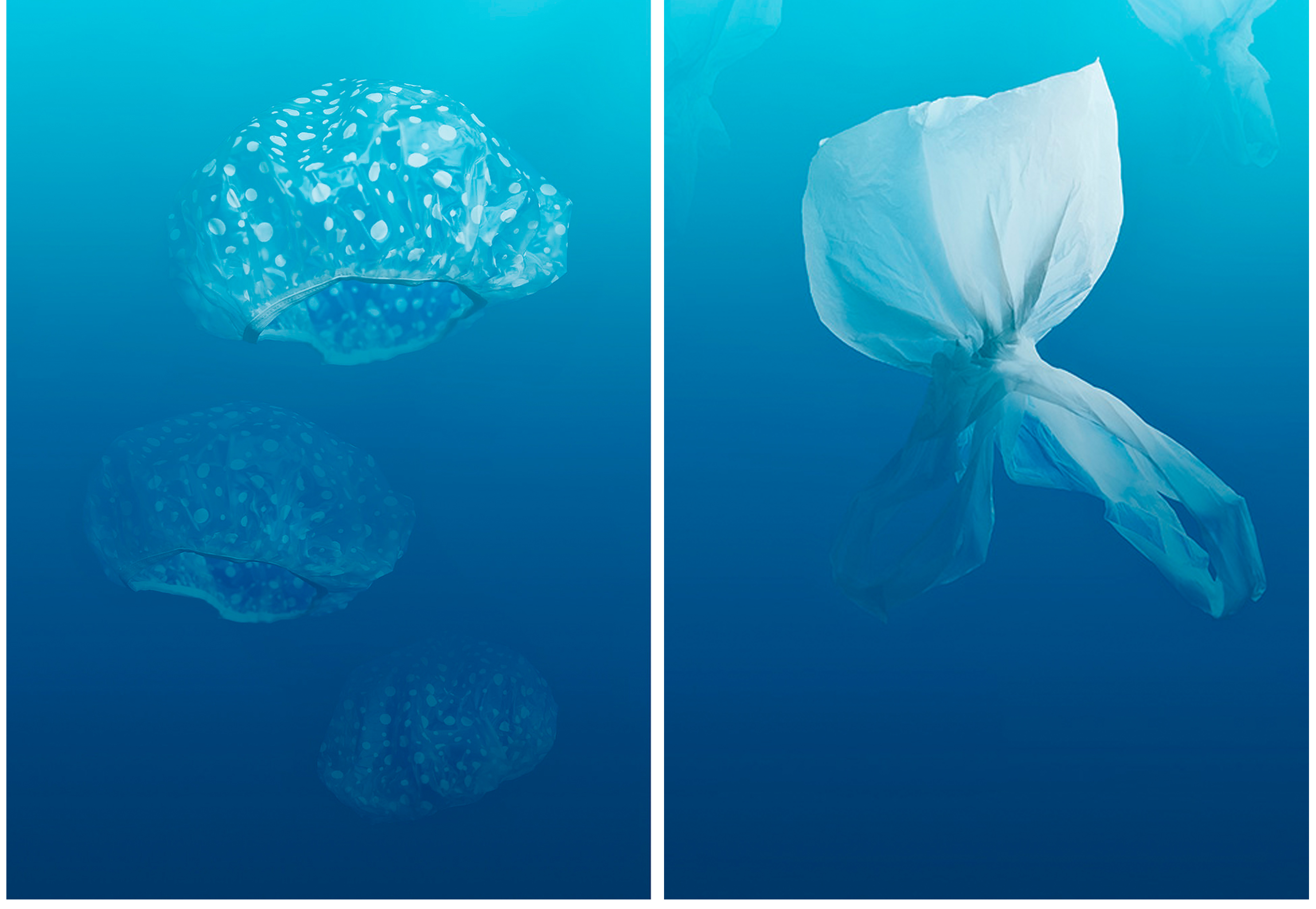 Much like with the work of Goussin and Hortense these images represent a bleak future for our oceans by creating seemingly living organic creatures from common household pollution. Again these pieces were influenced by humanities modern consumer culture, as well as being particularly inspired by the catastrophe of the ‘trash vortex’ in the North Pacific Ocean. The first image on the left shows basic shower caps floating together like a perfectly framed swarm of jellyfish in the vast blue ocean. I love the simplicity of the subject matter in this as, although it is obvious what they are, the shower caps are brought to life by their perspective, depth, and shape. The next image is of a plastic bag tied at the bottom to create the shape of a fish. I love the perspective of ‘the fish’ swimming away and the gradient of dark to light blue in the background, much like you would see in the ocean. I believe these types of photographs will be great pieces of historical evidence in the future, either to state our acknowledgement of the changing world or how we managed to save it before it’s too late.
Much like with the work of Goussin and Hortense these images represent a bleak future for our oceans by creating seemingly living organic creatures from common household pollution. Again these pieces were influenced by humanities modern consumer culture, as well as being particularly inspired by the catastrophe of the ‘trash vortex’ in the North Pacific Ocean. The first image on the left shows basic shower caps floating together like a perfectly framed swarm of jellyfish in the vast blue ocean. I love the simplicity of the subject matter in this as, although it is obvious what they are, the shower caps are brought to life by their perspective, depth, and shape. The next image is of a plastic bag tied at the bottom to create the shape of a fish. I love the perspective of ‘the fish’ swimming away and the gradient of dark to light blue in the background, much like you would see in the ocean. I believe these types of photographs will be great pieces of historical evidence in the future, either to state our acknowledgement of the changing world or how we managed to save it before it’s too late.
Other Inspirations – Steven Hirsch:
As well as these amazing artists above, I will also be looking back at the work of a previously researched photographer, Steven Hirsch, for inspiration in my next shoot. This is because of his influential project, “Gowanus: Off The Water’s Surface”, and its perfect representation of depicting interesting and alluring water pollution through photography.
I love the way Hirsch has taken something so horrible and turned it into something beautiful, thus subtly informing the public of their society’s environmental problems. I hope to use this technique for my next shoot, representing pollution in our oceans as something intriguing and beautiful that will catch the viewer’s attention. Although I know I will not see any toxic waste (like there is in Brooklyn’s Canals) in Jersey’s seas, I hope to create these same kinds of beautifully abstracted pieces, of this very unpleasant ocean pollution subject. Below I have chosen to present again, four of Steven Hirsch’s images as a reminder and inspiration for my next underwater shoot.

 The above image was created with the bright green layer set to luminosity creating the grey tones. I also used the previous pink layer from before to give it the warm tones. I wanted to pick words that would evoke the sense of ambiguity but still create a feeling of narrative. I plan on exploring more images using text and other graphic design features in my work.
The above image was created with the bright green layer set to luminosity creating the grey tones. I also used the previous pink layer from before to give it the warm tones. I wanted to pick words that would evoke the sense of ambiguity but still create a feeling of narrative. I plan on exploring more images using text and other graphic design features in my work.




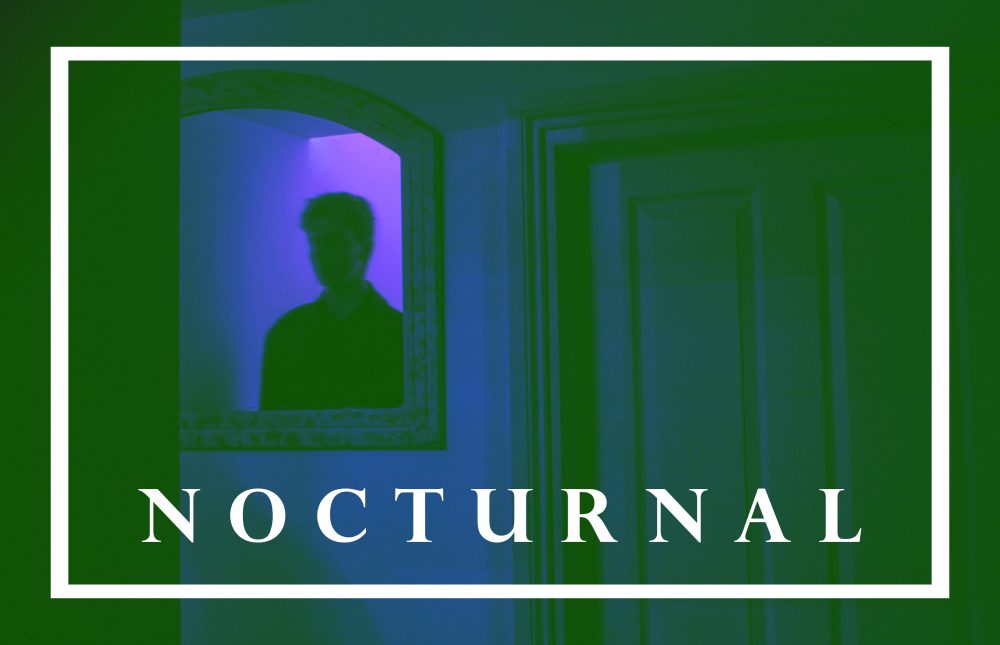

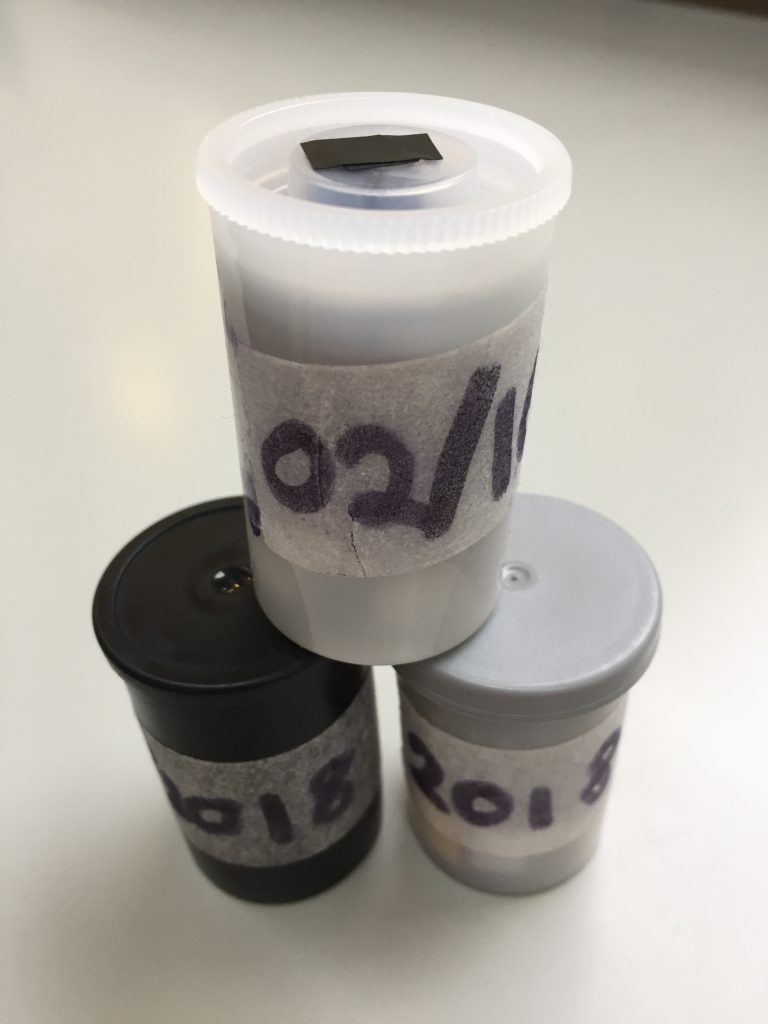
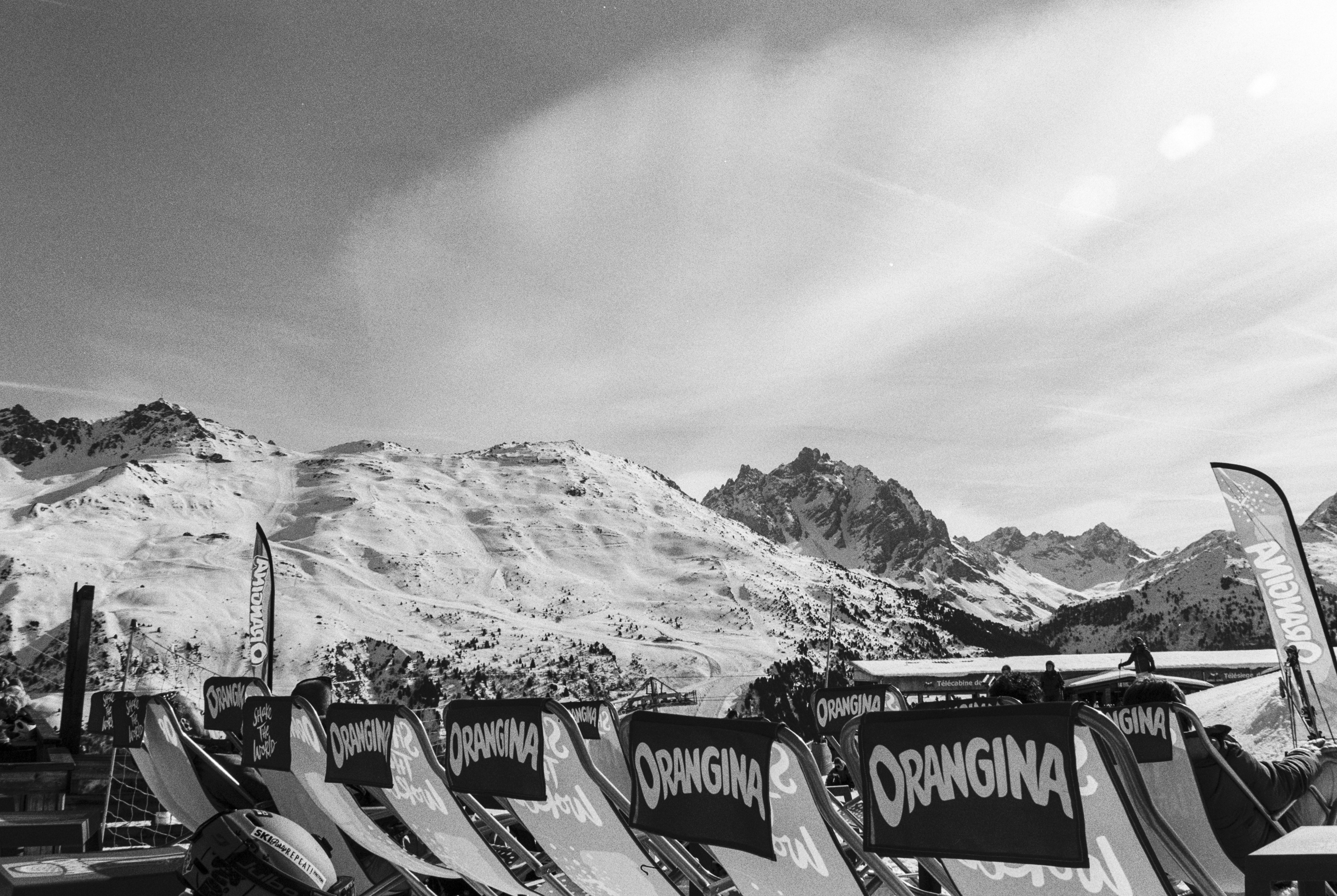


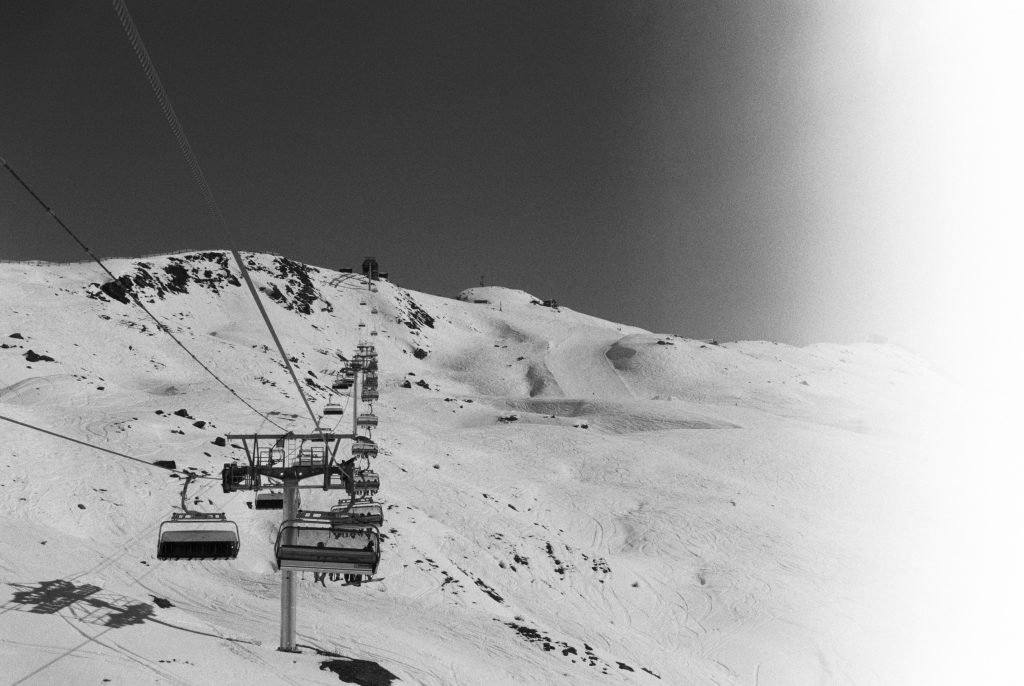



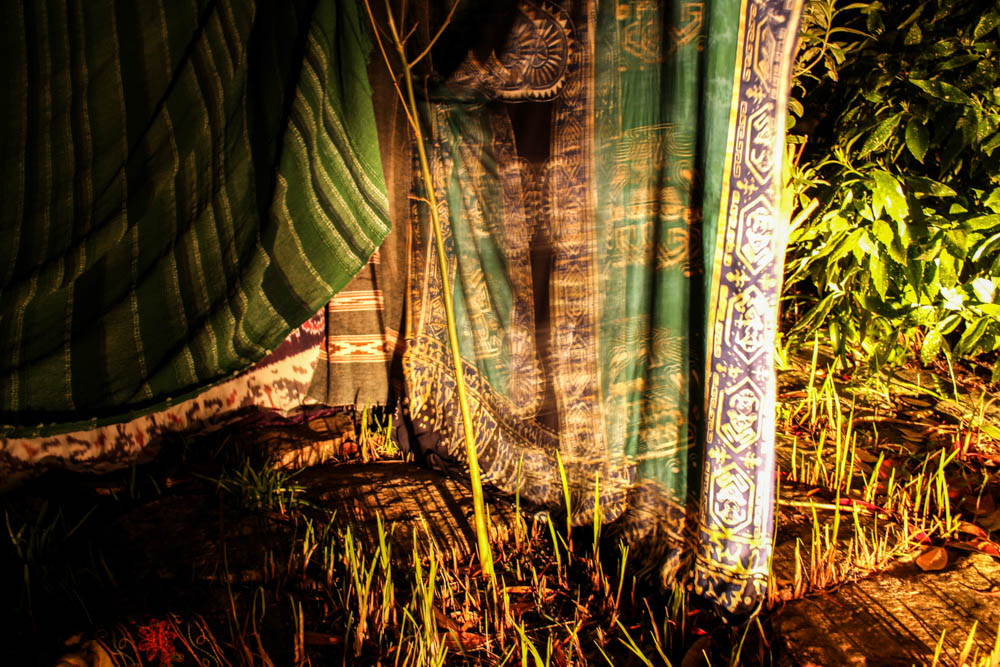

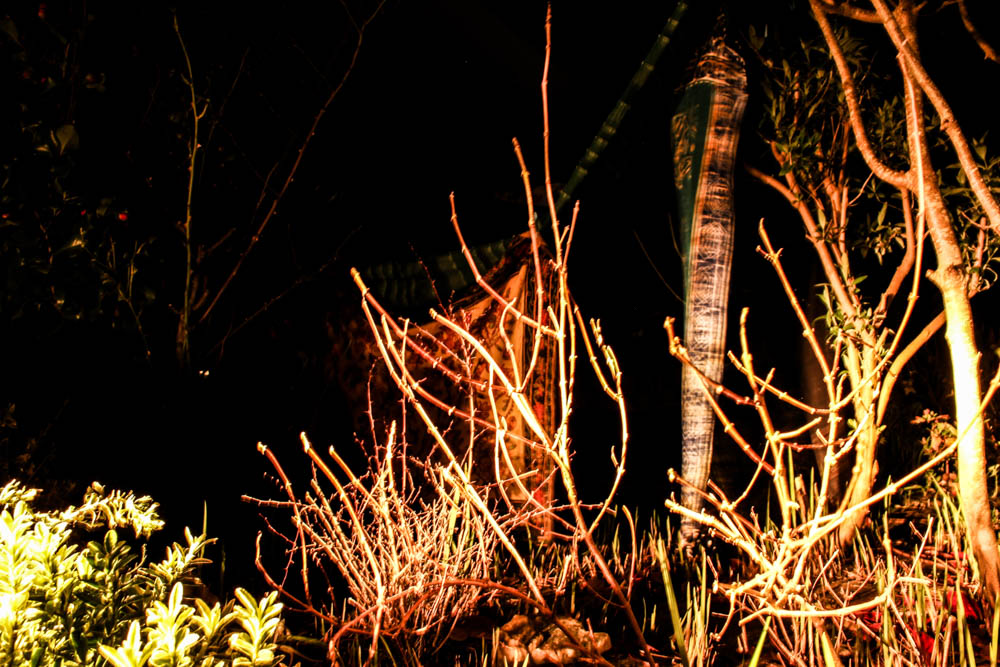




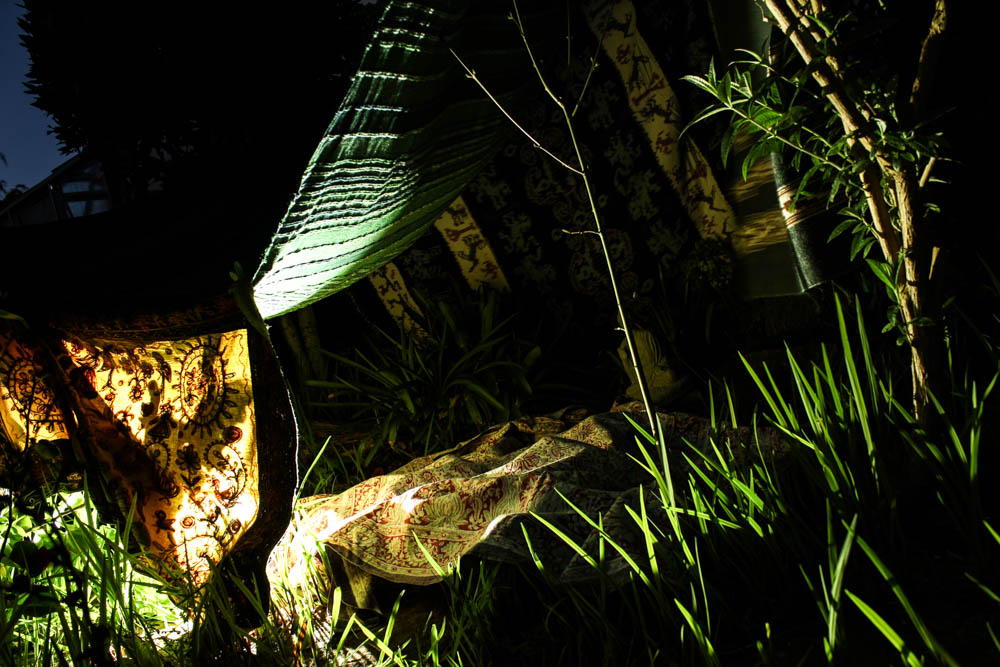
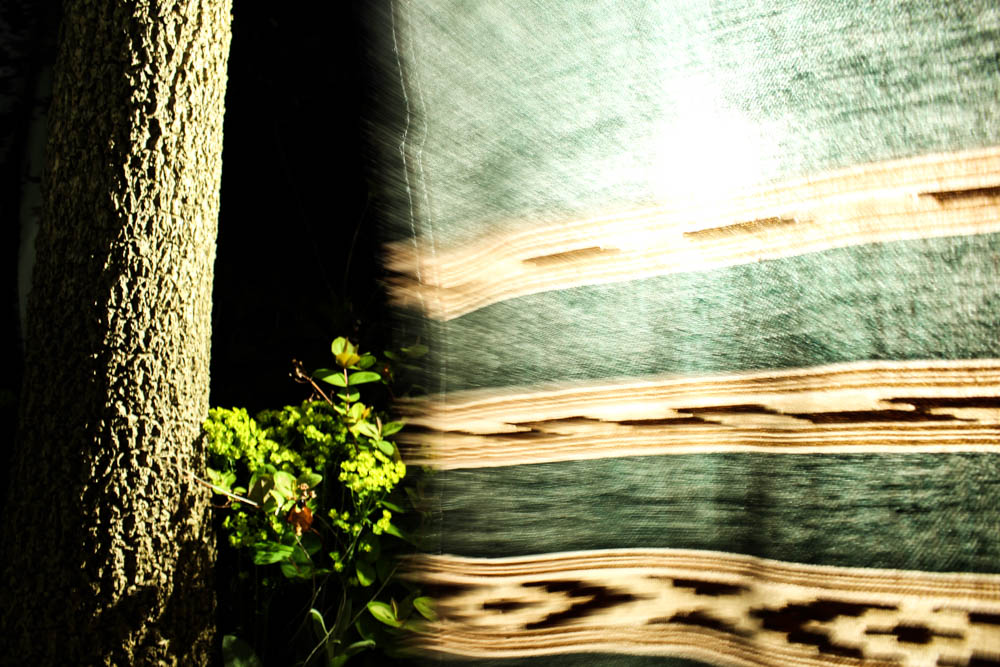











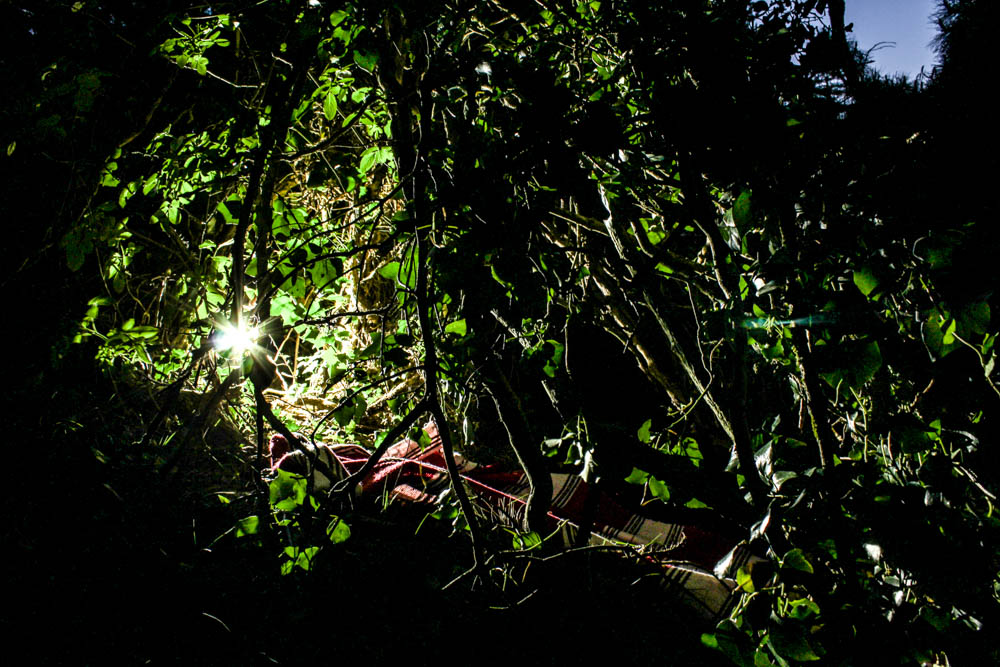







 This contact sheet above shows all of my favourite clear and interesting above water shots. As you can see I did manage to take a few photographs underwater although it would only work 1/10 times and the quality is very poor. When editing these images I cropped them down massively to only include the most important and interesting features. Below are my 8 documentary/abstract finals for looking at ocean pollution…
This contact sheet above shows all of my favourite clear and interesting above water shots. As you can see I did manage to take a few photographs underwater although it would only work 1/10 times and the quality is very poor. When editing these images I cropped them down massively to only include the most important and interesting features. Below are my 8 documentary/abstract finals for looking at ocean pollution… This first final is a documentary style photograph depicting the waste I found on Faldouet beach that would later be washed into the sea at high tide. To capture this image I carefully gathered the biggest examples of pollution together and let them float on the surface as an example of public pollution reaching the sea. I chose this as a final outcome for this shoot because of the images high-quality (for and iPhone), interesting subject composition and amazing natural colours. With this photograph, I hope to get across the message that this problem is real, effects all areas, and is rapidly getting worse. I like the calm sense you get from the flat and clear sea as it strongly contradicts the travesty of the plastic floating on top. Compared to other historical evidence of ocean pollution this image is very tame, however, because of is centred subject and beautiful scenery I think it can get across a very clear warning that we are destroying this ecosystem.
This first final is a documentary style photograph depicting the waste I found on Faldouet beach that would later be washed into the sea at high tide. To capture this image I carefully gathered the biggest examples of pollution together and let them float on the surface as an example of public pollution reaching the sea. I chose this as a final outcome for this shoot because of the images high-quality (for and iPhone), interesting subject composition and amazing natural colours. With this photograph, I hope to get across the message that this problem is real, effects all areas, and is rapidly getting worse. I like the calm sense you get from the flat and clear sea as it strongly contradicts the travesty of the plastic floating on top. Compared to other historical evidence of ocean pollution this image is very tame, however, because of is centred subject and beautiful scenery I think it can get across a very clear warning that we are destroying this ecosystem.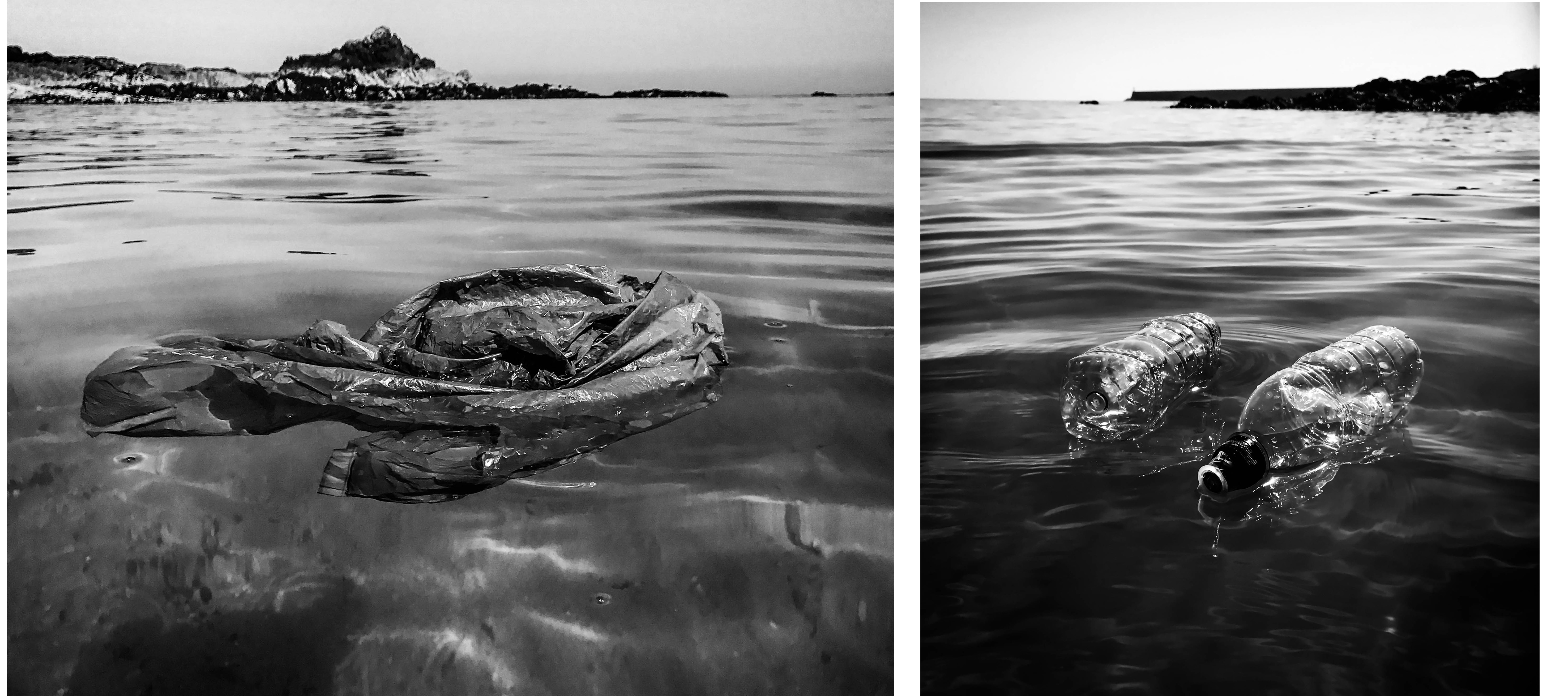 These next two finals are my other documentary style edits that I believe can clearly get across my message. By using straight photography techniques I have created a sense of this harsh reality and given my viewer a way to clearly analyse the subject matter and better understand this collection. The first image on the left depicts a plastic bag spread out and floating on top of/underneath the surface. I love the effect making this image black and white has, as it creates this sense of dread and makes the subject appear more ominous. I chose this image out of my 300 or so originals because of the way the bag is spread out at this one specific moment, making it unmistakable for anything else. The next photograph on the right shows to plastic bottles floating in front of a pier. I really like the symmetry and parallel composition of the subjects and the way they have reflected the natural light. Again I think this image is much more effective in black and white as it gives it a very dark and gloomy overtone, perfect for getting across the depressing meaning behind the photograph.
These next two finals are my other documentary style edits that I believe can clearly get across my message. By using straight photography techniques I have created a sense of this harsh reality and given my viewer a way to clearly analyse the subject matter and better understand this collection. The first image on the left depicts a plastic bag spread out and floating on top of/underneath the surface. I love the effect making this image black and white has, as it creates this sense of dread and makes the subject appear more ominous. I chose this image out of my 300 or so originals because of the way the bag is spread out at this one specific moment, making it unmistakable for anything else. The next photograph on the right shows to plastic bottles floating in front of a pier. I really like the symmetry and parallel composition of the subjects and the way they have reflected the natural light. Again I think this image is much more effective in black and white as it gives it a very dark and gloomy overtone, perfect for getting across the depressing meaning behind the photograph. For my first abstract final of ocean pollution presented above, I have captured a close-up image of a plastic bottle floating on top of the water. This final, as well as the ones below, are all inspired by the beautiful work of Steven Hirsch and his take on capturing the surface and pollution of water. I decided to take this image when noticing the inside of the bottle start to steam up and create an array of interesting colours. This effect, mixed with my adjustments made in post production is what has created this vibrant and intriguing piece. The meaning behind this image is to draw the viewer’s attention with its surreal beauty. I think this is an important technique to include in my pollution project as not everyone reacts well to straightforward portrayals of the truth. I also like the subtle definition of this piece as I believe it is possible to work out what the subject is from the indents of the rings around the bottle as well as the many emphasised water droplets on the side.
For my first abstract final of ocean pollution presented above, I have captured a close-up image of a plastic bottle floating on top of the water. This final, as well as the ones below, are all inspired by the beautiful work of Steven Hirsch and his take on capturing the surface and pollution of water. I decided to take this image when noticing the inside of the bottle start to steam up and create an array of interesting colours. This effect, mixed with my adjustments made in post production is what has created this vibrant and intriguing piece. The meaning behind this image is to draw the viewer’s attention with its surreal beauty. I think this is an important technique to include in my pollution project as not everyone reacts well to straightforward portrayals of the truth. I also like the subtle definition of this piece as I believe it is possible to work out what the subject is from the indents of the rings around the bottle as well as the many emphasised water droplets on the side. These three finals above are a mixture of colour and black and white abstract pieces intended to capture the viewer’s interest and make them think about the context themselves. The meaning behind the photographs is to show something that has devastating repercussions in a beautiful way, thus subtly informing the public of one of modern society’s biggest environmental problems. In this context the pictures may be considered as fine art photography, meaning that my message may be able to get across to people who would have no interest in conservation photography. The first colour final on the left is a low angle shot of a plastic bottle and its reflection on the ripples of the water’s surface. I like the confusing and abstract look of the bottle that was created by using a very shallow depth of field. The next outcome in the middle shows the bottom of the bottle, seemingly melting down onto the calm black ocean surface. Lastly, the photograph on the right is a cropped close-up of all three pollution subjects I used in the shoot. I like these items together and their proximity along with the water in between says a lot about this issue.
These three finals above are a mixture of colour and black and white abstract pieces intended to capture the viewer’s interest and make them think about the context themselves. The meaning behind the photographs is to show something that has devastating repercussions in a beautiful way, thus subtly informing the public of one of modern society’s biggest environmental problems. In this context the pictures may be considered as fine art photography, meaning that my message may be able to get across to people who would have no interest in conservation photography. The first colour final on the left is a low angle shot of a plastic bottle and its reflection on the ripples of the water’s surface. I like the confusing and abstract look of the bottle that was created by using a very shallow depth of field. The next outcome in the middle shows the bottom of the bottle, seemingly melting down onto the calm black ocean surface. Lastly, the photograph on the right is a cropped close-up of all three pollution subjects I used in the shoot. I like these items together and their proximity along with the water in between says a lot about this issue. My last final displayed above is an abstract piece that was heavily inspired by one of Steven Hirsch’s beautiful examples of water pollution. The smaller image on the right shows the piece from his project capturing the pollution in Brooklyn’s canal that I used as an inspiration when planning this shoot. My final is a recreation of this image created with a plastic bag placed just beneath the ocean’s surface. These types of photographs are also very much influenced by today’s modern consumer culture and the ever-growing problem of human waste. Like with Hirsch’s project and my previous abstracted outcomes, the meaning behind this image is to intrigue all types of viewers and subtly remind/inform them of this issue. I love the way I have captured the same kinds of ‘surface ripple’ effects as my inspiration but have done so in my own abstracted style. I also love how the natural light is intensified and distorted through the water’s surface, as well as the blue writing on the plastic bag creating a very interesting and twisted pattern.
My last final displayed above is an abstract piece that was heavily inspired by one of Steven Hirsch’s beautiful examples of water pollution. The smaller image on the right shows the piece from his project capturing the pollution in Brooklyn’s canal that I used as an inspiration when planning this shoot. My final is a recreation of this image created with a plastic bag placed just beneath the ocean’s surface. These types of photographs are also very much influenced by today’s modern consumer culture and the ever-growing problem of human waste. Like with Hirsch’s project and my previous abstracted outcomes, the meaning behind this image is to intrigue all types of viewers and subtly remind/inform them of this issue. I love the way I have captured the same kinds of ‘surface ripple’ effects as my inspiration but have done so in my own abstracted style. I also love how the natural light is intensified and distorted through the water’s surface, as well as the blue writing on the plastic bag creating a very interesting and twisted pattern.





 The meaning behind these images is to portray our oceanic trash problem by creating sculptures that look like living organic creatures. This, therefore, creates the sense of a bleak future for oceans and represents how we are ‘replacing’ marine life with deadly pollution. These pieces are clearly influenced by humanities modern consumer culture, and although beautiful, illustrate a very ominous subject. The first image on the left depicts a metal sculpture portraying a ‘jellyfish-like’ creature captured from just below the ocean’s surface. I chose this piece as an example as the reflections of light bouncing from the strands of metal create an amazing sense of movement. I also love the deep ocean blue tone of this image and the ripples on the surface really bring the scene to life. The next photograph on the right is a much lighter and softer version of the same kind of creature, this time made from thin strands of blue plastic without the surface of the water in sight. I love the soft tones and colours of this photograph along with the calming rays of sunlight streaming through the composition.
The meaning behind these images is to portray our oceanic trash problem by creating sculptures that look like living organic creatures. This, therefore, creates the sense of a bleak future for oceans and represents how we are ‘replacing’ marine life with deadly pollution. These pieces are clearly influenced by humanities modern consumer culture, and although beautiful, illustrate a very ominous subject. The first image on the left depicts a metal sculpture portraying a ‘jellyfish-like’ creature captured from just below the ocean’s surface. I chose this piece as an example as the reflections of light bouncing from the strands of metal create an amazing sense of movement. I also love the deep ocean blue tone of this image and the ripples on the surface really bring the scene to life. The next photograph on the right is a much lighter and softer version of the same kind of creature, this time made from thin strands of blue plastic without the surface of the water in sight. I love the soft tones and colours of this photograph along with the calming rays of sunlight streaming through the composition. Much like with the work of Goussin and Hortense these images represent a bleak future for our oceans by creating seemingly living organic creatures from common household pollution. Again these pieces were influenced by humanities modern consumer culture, as well as being particularly inspired by the catastrophe of the ‘trash vortex’ in the North Pacific Ocean. The first image on the left shows basic shower caps floating together like a perfectly framed swarm of jellyfish in the vast blue ocean. I love the simplicity of the subject matter in this as, although it is obvious what they are, the shower caps are brought to life by their perspective, depth, and shape. The next image is of a plastic bag tied at the bottom to create the shape of a fish. I love the perspective of ‘the fish’ swimming away and the gradient of dark to light blue in the background, much like you would see in the ocean. I believe these types of photographs will be great pieces of historical evidence in the future, either to state our acknowledgement of the changing world or how we managed to save it before it’s too late.
Much like with the work of Goussin and Hortense these images represent a bleak future for our oceans by creating seemingly living organic creatures from common household pollution. Again these pieces were influenced by humanities modern consumer culture, as well as being particularly inspired by the catastrophe of the ‘trash vortex’ in the North Pacific Ocean. The first image on the left shows basic shower caps floating together like a perfectly framed swarm of jellyfish in the vast blue ocean. I love the simplicity of the subject matter in this as, although it is obvious what they are, the shower caps are brought to life by their perspective, depth, and shape. The next image is of a plastic bag tied at the bottom to create the shape of a fish. I love the perspective of ‘the fish’ swimming away and the gradient of dark to light blue in the background, much like you would see in the ocean. I believe these types of photographs will be great pieces of historical evidence in the future, either to state our acknowledgement of the changing world or how we managed to save it before it’s too late.
 To chose between these photographs, and produce a final collection, I was looking for a few certain aspects. To cut my shoot of around 50 images from each beach to these 7 originals above I was mainly concentrating on the quality of light and the perspective of my subject matter. My final results below show the photographs that most highlighted the subject matter, making it appear bigger against the location, and in result making my message more obvious. When editing these photographs the first things I did was crop them to make the pollution the first thing you notice. After that, I decided to keep all my results in colour because of the high contrast between the man-made objects against the colours of the natural locations…
To chose between these photographs, and produce a final collection, I was looking for a few certain aspects. To cut my shoot of around 50 images from each beach to these 7 originals above I was mainly concentrating on the quality of light and the perspective of my subject matter. My final results below show the photographs that most highlighted the subject matter, making it appear bigger against the location, and in result making my message more obvious. When editing these photographs the first things I did was crop them to make the pollution the first thing you notice. After that, I decided to keep all my results in colour because of the high contrast between the man-made objects against the colours of the natural locations… The first two finals above are depictions of the result of my beach clean ups on two separate beaches. The image on the left depicts a mixture public waste and fishing pollution with rocks and the sea in the background at a small quiet beach near Faldoeut. To create this image, as with the other outcomes as well, I simply walked to the length of my chosen beach and clustered together everything I could find. The meaning behind this image is mostly based on the huge green fishing net trapping everything it comes in contact with. This is a perfect example of the problem of fishing waste on marine life and the amount of it that is found in the sea. I like the dark overtones of this image along with the interesting composition and arrangement of items. The next photograph on the right is my least favourite outcome from this shoot, however, I still chose to include it in my blog as it clearly shows what was found on a well-known and recognisable beach, Gorey. I will not be featuring it in my final outcomes for this project as the subject matter of what I found is not very interesting.
The first two finals above are depictions of the result of my beach clean ups on two separate beaches. The image on the left depicts a mixture public waste and fishing pollution with rocks and the sea in the background at a small quiet beach near Faldoeut. To create this image, as with the other outcomes as well, I simply walked to the length of my chosen beach and clustered together everything I could find. The meaning behind this image is mostly based on the huge green fishing net trapping everything it comes in contact with. This is a perfect example of the problem of fishing waste on marine life and the amount of it that is found in the sea. I like the dark overtones of this image along with the interesting composition and arrangement of items. The next photograph on the right is my least favourite outcome from this shoot, however, I still chose to include it in my blog as it clearly shows what was found on a well-known and recognisable beach, Gorey. I will not be featuring it in my final outcomes for this project as the subject matter of what I found is not very interesting. These next two photographs are more abstracted examples of the pollution found on two separate beaches. The first image on the left was inspired by the amazing layering techniques used by Idris Khan and Stephanie Jung. Although their work usually revolves around much bigger landscapes I like the effect this technique has on my close up shot, and it abstracts the image and hopefully intrigues the viewer. By doing this, I hope this photograph may help spread awareness in a more light-hearted and artistic way. The next image on the right shows a straightforward closeup of the many strands of discarded rope found at Bouley Bay. I chose this photograph as a second final, as although it is similar to the one on the right, it can emphasise the problem of fishing waste in much more un-manipulated and realistic way. I like the dark contrasts between the many colours of the rope and the shadows in between as it really makes the subject matter stand out and look very dramatic.
These next two photographs are more abstracted examples of the pollution found on two separate beaches. The first image on the left was inspired by the amazing layering techniques used by Idris Khan and Stephanie Jung. Although their work usually revolves around much bigger landscapes I like the effect this technique has on my close up shot, and it abstracts the image and hopefully intrigues the viewer. By doing this, I hope this photograph may help spread awareness in a more light-hearted and artistic way. The next image on the right shows a straightforward closeup of the many strands of discarded rope found at Bouley Bay. I chose this photograph as a second final, as although it is similar to the one on the right, it can emphasise the problem of fishing waste in much more un-manipulated and realistic way. I like the dark contrasts between the many colours of the rope and the shadows in between as it really makes the subject matter stand out and look very dramatic. These last two photographs are from, what I consider to be, my most successful beach clean, completed at Bouley Bay. When putting together everything that I found I decided to loosely arrange it in categories of waste. By giving this rubbish pile some structure it allows the viewer to really easy to see and pick out nearly every single object that was there. The first image on the left is the classic scene of Bouley Bay with the interesting rock formation and tree behind my subject matter. I like the meaning behind this image as it is very clear to see, from this low angle perspective, the massive amount of waste on such a tiny little beach. I also love the composition of this subject matter, making it seem larger and emphasising its dramatic effect. The last photograph one the right is the same arrangement but taken from the other side. I like the context the Pier in the background gives this image, as it can tell us why this beach is often used and why it may have so much pollution. Overall I think these are the best images from this shoot because of the location, arranged subject matter and quality of light.
These last two photographs are from, what I consider to be, my most successful beach clean, completed at Bouley Bay. When putting together everything that I found I decided to loosely arrange it in categories of waste. By giving this rubbish pile some structure it allows the viewer to really easy to see and pick out nearly every single object that was there. The first image on the left is the classic scene of Bouley Bay with the interesting rock formation and tree behind my subject matter. I like the meaning behind this image as it is very clear to see, from this low angle perspective, the massive amount of waste on such a tiny little beach. I also love the composition of this subject matter, making it seem larger and emphasising its dramatic effect. The last photograph one the right is the same arrangement but taken from the other side. I like the context the Pier in the background gives this image, as it can tell us why this beach is often used and why it may have so much pollution. Overall I think these are the best images from this shoot because of the location, arranged subject matter and quality of light.
